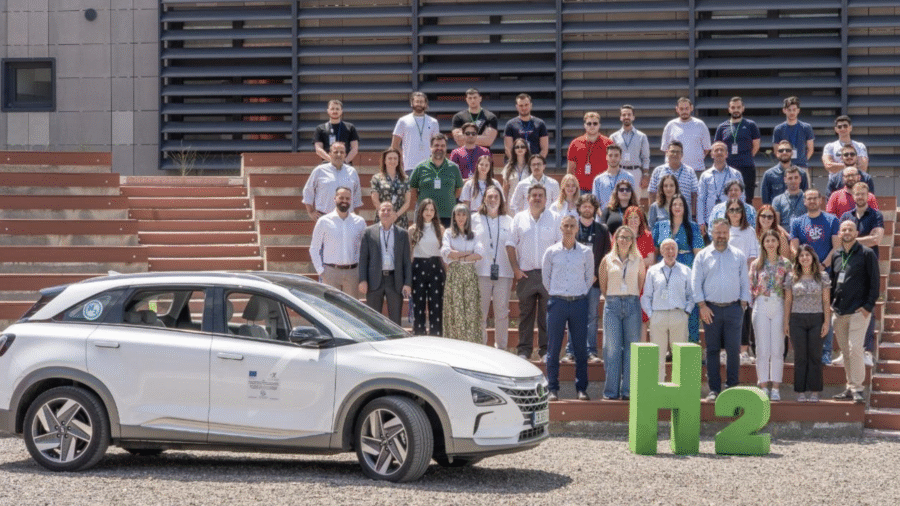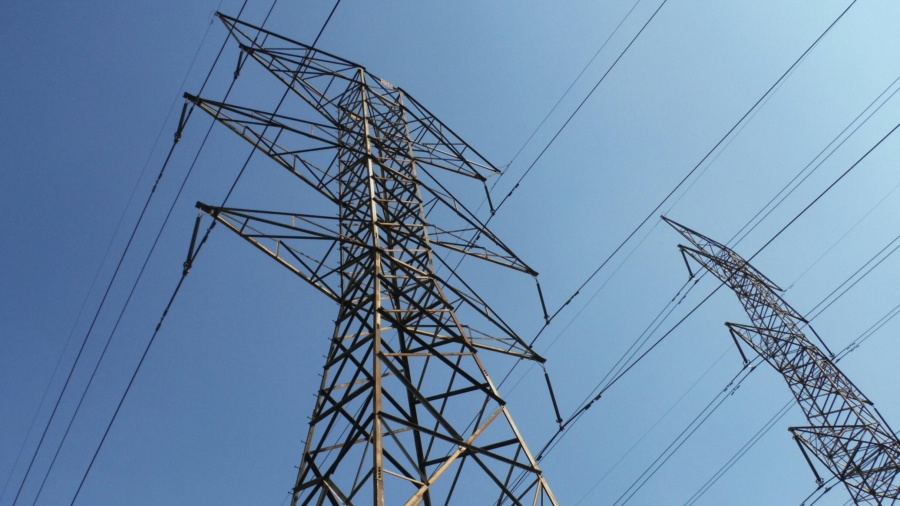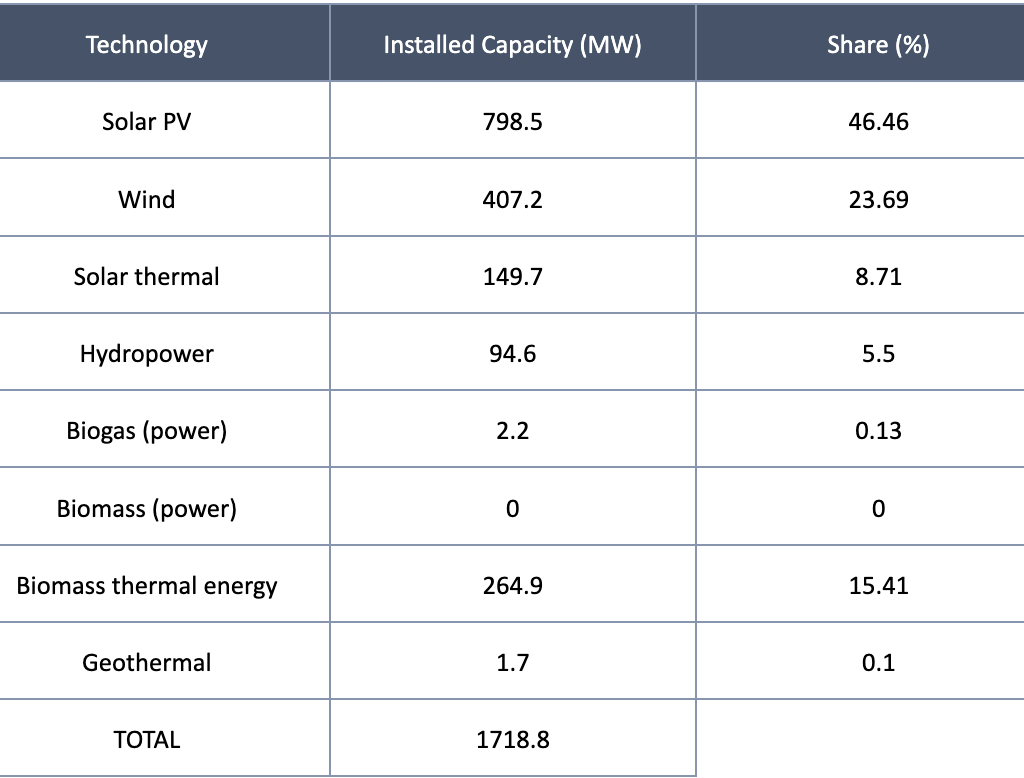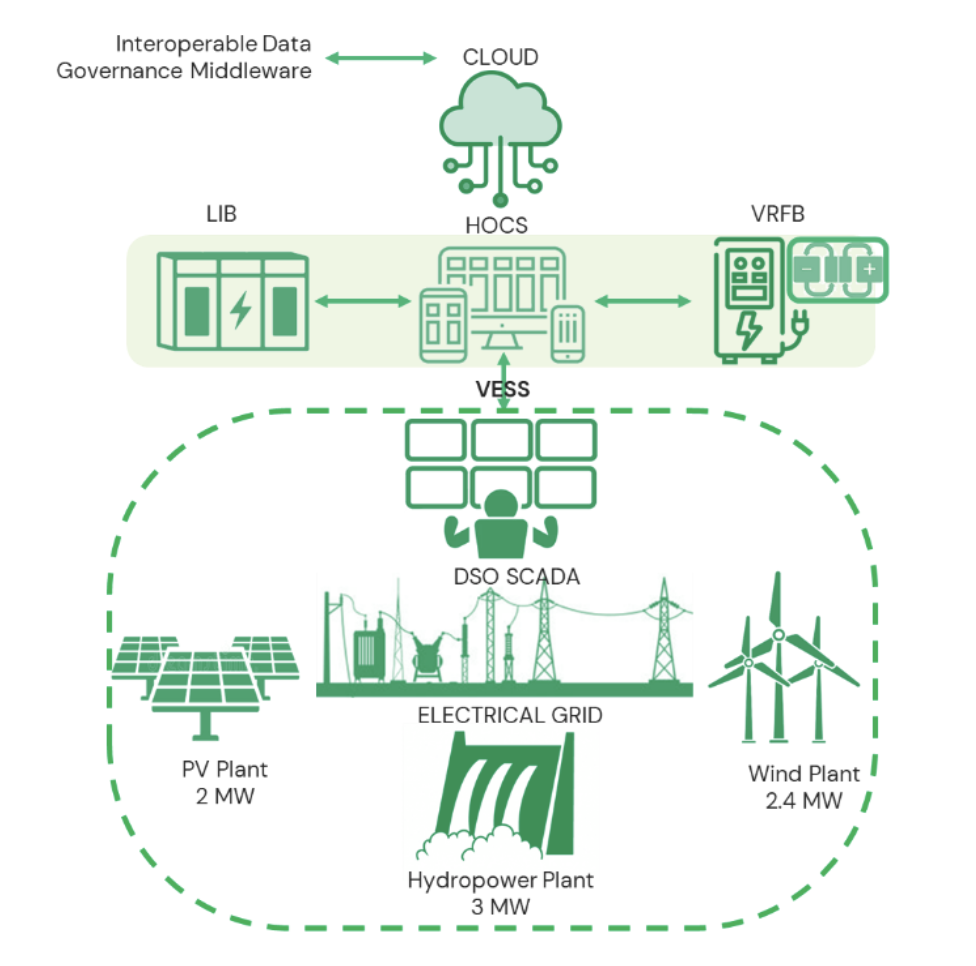Following the success of the previous editions, the Hydrogen Summer School returned for the third consecutive year. The training programme took place from July 7 to 11, 2025, at the University of Western Macedonia (Kozani, Greece).
The 3rd Hydrogen Summer ScH2ool was organized by the Cluster of Bioeconomy and Environment of Western Macedonia (CluBE), Advent Technologies, the University of Western Macedonia (UoWM), the Centre of Continuing Education and Lifelong Learning (KE.DI.VI.M.) of the University of Western Macedonia, the Centre for Research and Technology Hellas (CERTH), and with the support of the Region of Western Macedonia. This initiative was implemented within the framework of the European project Green Skills for Hydrogen, funded by the ERASMUS+ program and in collaboration with the European project, i-STENTORE.
This international training programme was designed for undergraduate and postgraduate students, PhD candidates, researchers, as well as for professionals in the energy sector, technical staff and business executives interested in specializing in the field of hydrogen.
Exploring the Hydrogen Value Chain
The training programme offered a thorough exploration of the hydrogen value chain through a mix of expert lectures, from academics and representatives of companies, hands-on sessions, lab visits, and an interactive workshop. Participants explored topics such as electrolyser and fuel cell technologies, hydrogen integration into mobility and industrial applications, and policy aspects of hydrogen deployment.
A core highlight of the week was the specialised pilot training delivered by Advent Technologies. This session provided participants an overview of fuel cell technologies and markets, focusing on High Temperature Proton Exchange Membrane (HT-PEM) fuel cells, advanced membrane electrode assemblies, hydrogen and fuel cell applications, Alkaline Electrolyser Cells (AEC), and key aspects of hydrogen economics. The module helped participants understand both the technical and commercial aspects of hydrogen innovation, bridging the gap between research and real-world deployment.
From theory to practice: Educational visits & Demonstration of an H2-FCEV
The theoretical approach was enriched with an educational visit to the Laboratory of Alternative Fuels and Environmental Catalysis (LAFEC) of the Department of Chemical Engineering of the University of Western Macedonia, offering participants direct contact with the research activity and enhancing the interactivity of the educational programme.
In addition, during the training a study visit was organised to the premises of the company HORIZON S.A.: Renewable Energy Sources, in Agkistron, Serres, which includes a range of different renewable energy sources as well as energy storage technologies, in collaboration with the European project i-STENTORE and with the support of the Centre for Research & Technology Hellas (CERTH). The visit provided a first-hand look at a Living Lab environment that integrates various renewable energy and storage technologies with hydrogen systems. At the Agkistron site, participants explored cutting-edge infrastructure including PEM electrolyzers, hydrogen storage tanks, fuel cells, photovoltaic systems, lithium-ion battery storage, and biomass gasification units. These technologies operate in combination to demonstrate how hydrogen can be integrated into real-world energy systems. It was a moment of experiential learning that allowed participants to deepen their technical understanding while seeing innovation in motion.
Lastly, as a highlight of the training programme, participants were given the opportunity to experience a live demonstration of the Hyundai NEXO, a hydrogen-powered vehicle. This engaging session offered a practical glimpse into the future of clean mobility solutions. The demonstration included a hands-on test-driving experience, allowing participants to personally explore the vehicle’s innovative technology, smooth performance, and zero-emission operation.
Building bridges through the “Hydrogen Challenge” workshop
A key part of the programme’s value also came from its commitment to fostering collaboration between the academic and industrial worlds. The “Hydrogen Challenge” workshop was an interactive session that aimed at the active participation of students, researchers and professionals through the practical addressing of challenges posed by companies active in the hydrogen sector. Through collaborative working methods and exchange of ideas, participants were invited to propose solutions and connect with the world of research and industry. These challenges ranged from technical bottlenecks in hydrogen production and storage to broader market or policy-related questions.
This workshop encouraged creativity, problem-solving, and team spirit, while helping participants connect their learning to real needs in the field. It was also an opportunity to engage directly with industry experts, ask questions, and receive feedback, turning the learning process into a two-way exchange. All the ideas and proposals presented during the workshop sparked further discussion and reflected the innovative mindset that the Summer ScH2ool is designed to cultivate.
A platform for Growth, Networking, and Collaboration
More than just a training course, the 3rd Hydrogen Summer ScH2ool functioned as a unique platform for networking and professional growth. Participants had the opportunity to meet peers and experts from various backgrounds and countries, creating a strong foundation for future collaborations. Many of the attendees expressed how the experience not only deepened their technical knowledge but also expanded their professional horizons.
Author(s): Ioanna A. Mikrouli; Vagia Gaidatzi (Cluster of Bioeconomy and Environment of Western Macedonia - CLuBE)
Share now!




